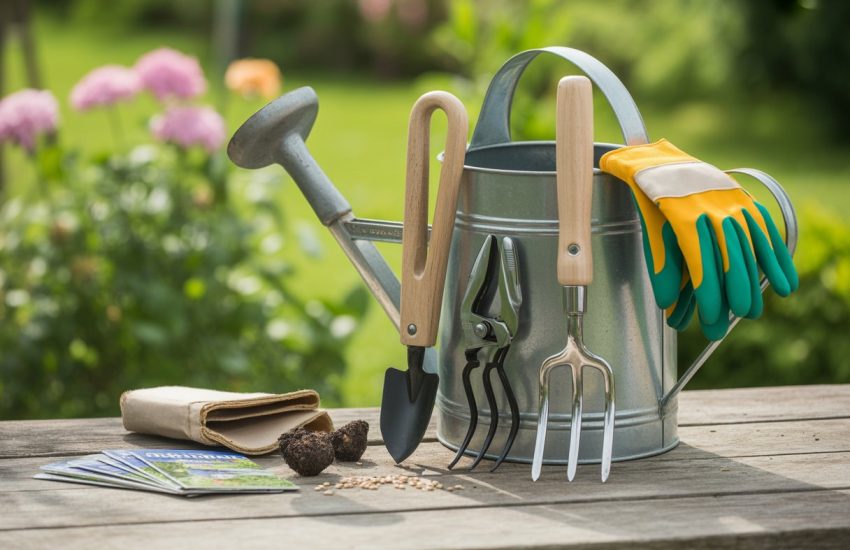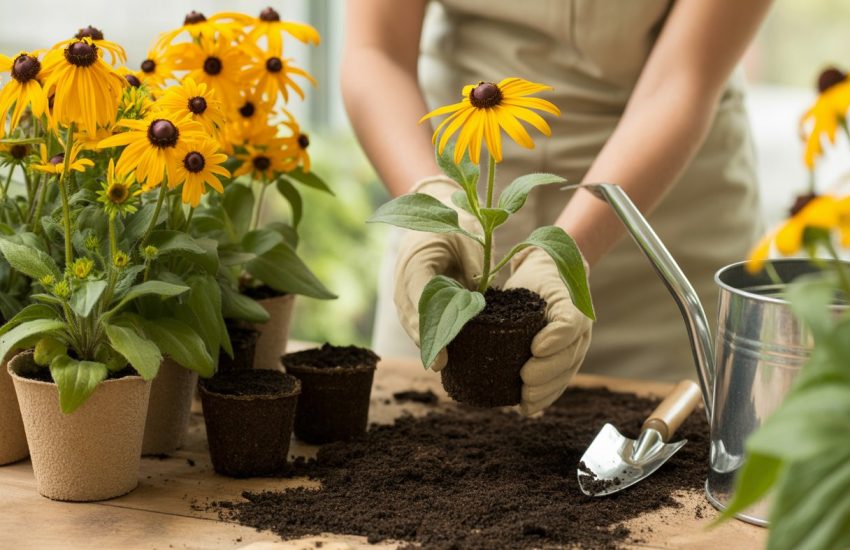Pest Control Without Chemicals Effective Natural Methods for a Safer Home
Pest control without chemicals leans on natural methods to manage unwanted insects and rodents. Using techniques like physical barriers, beneficial insects, and organic repellents can protect plants and gardens without harmful substances. This helps lower risks to the environment, pets, and, honestly, your own health.
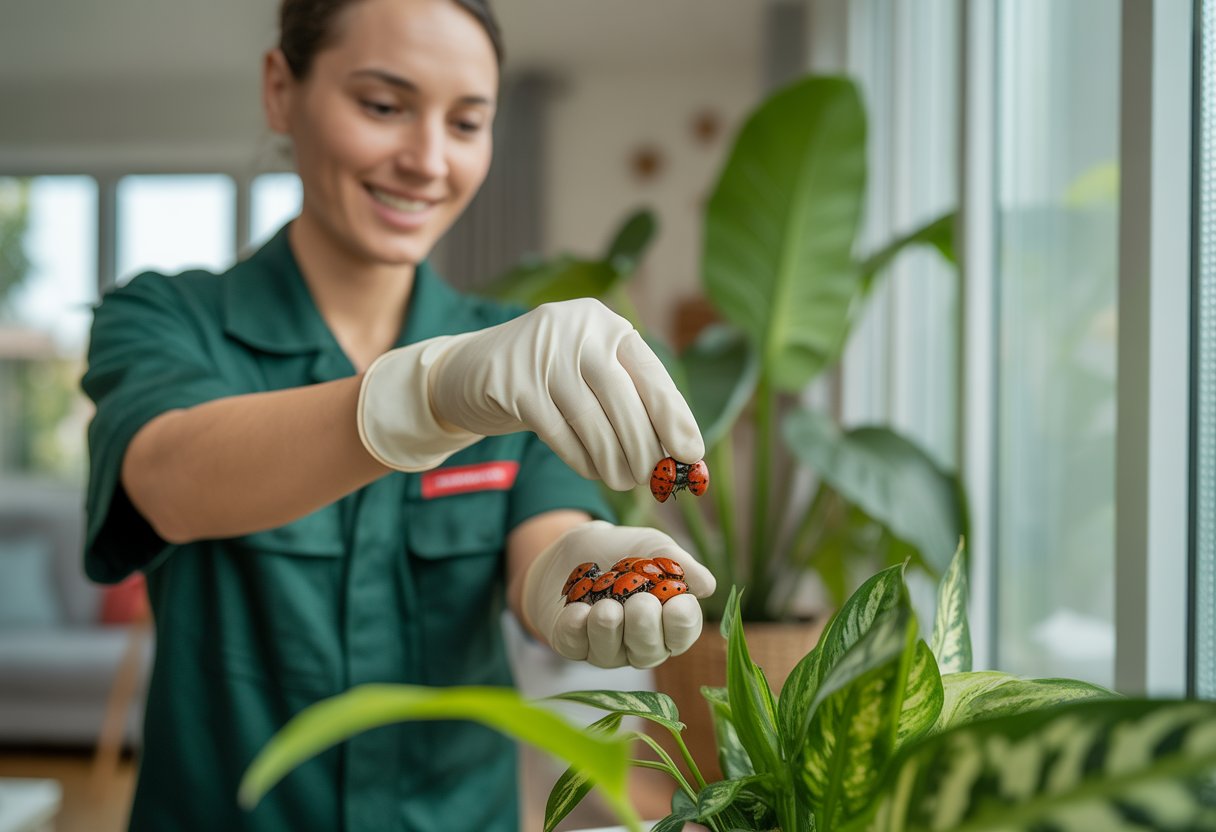
Gardeners face the constant challenge of keeping plants healthy without reaching for toxic sprays. By using integrated pest management, they watch pest activity and step in only when needed.
This approach keeps a balanced ecosystem and supports lasting garden health, all without synthetic chemicals.
Principles Of Non-Chemical Pest Control
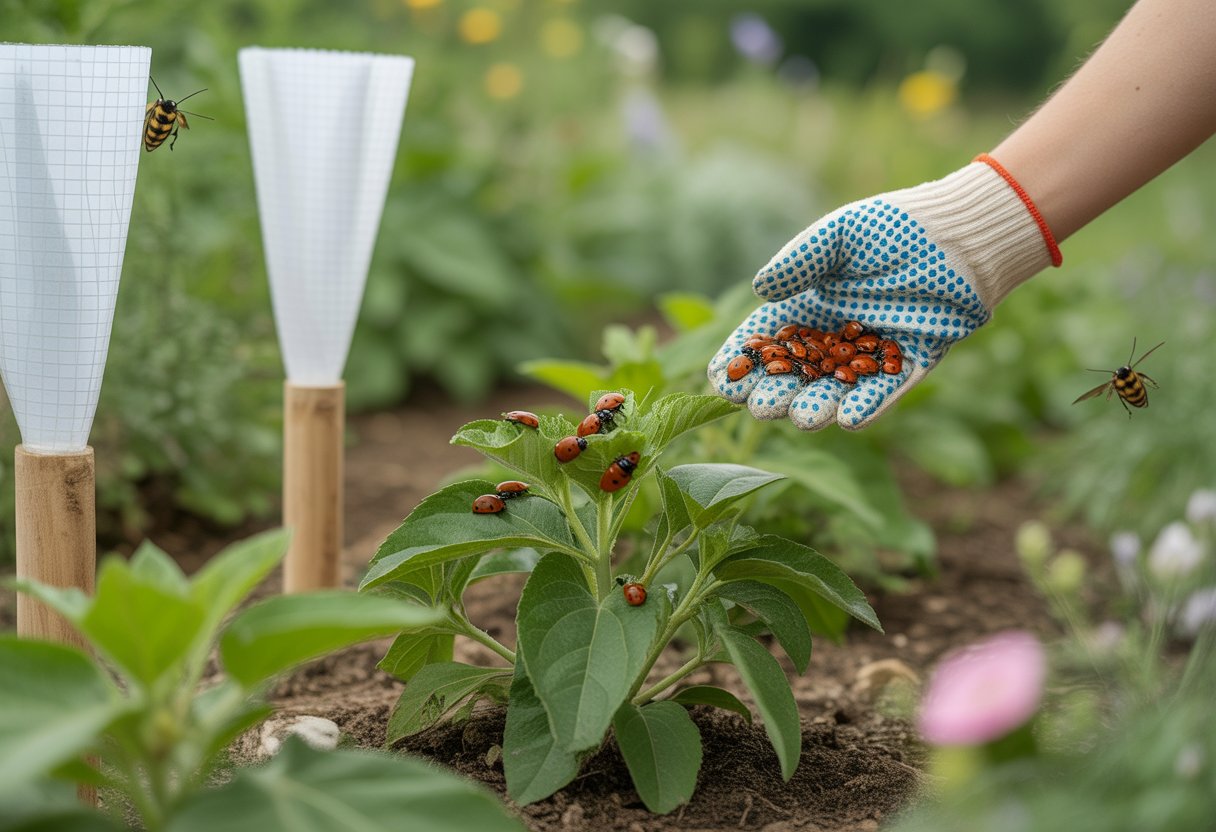
Non-chemical pest control focuses on managing pests with natural and preventive methods instead of synthetic chemicals. The goal is to maintain ecological balance, use biological agents, and minimize pest damage by tweaking environments and behaviors.
Understanding Natural Pest Control
Natural pest control uses living organisms and environmental tricks to lower pest numbers. Predators like ladybugs, spiders, and parasitic wasps hunt common garden pests and keep them in check.
Gardeners introduce or attract these beneficial insects to help with natural pest suppression. Physical barriers, traps, and crop rotation also cut down on pest access and stop them from breeding.
This fits right in with integrated pest management (IPM), which combines biological, cultural, and mechanical controls for sustainable pest management. Natural pest control means you don’t have to rely on toxic stuff that could mess with non-target critters and the larger ecosystem.
Benefits Of Organic Pest Management
Organic pest management uses natural substances and techniques approved for organic farming. You avoid chemical residues on food and in the soil, so crops are healthier and safer to eat.
This method boosts soil quality and biodiversity, supporting insects and microbes that help keep pests down. By mixing up tactics and encouraging nature’s balance, organic pest management also slows down pest resistance—a big plus.
Farmers and gardeners protect pollinators and keep local wildlife safe. Going organic fits right in with sustainable farming and the growing demand for chemical-free produce.
Prevention Vs. Eradication
Prevention stops pests before they get established, while eradication tries to wipe out infestations that already exist. Non-chemical pest control leans heavily on prevention, since it keeps pest numbers low before they cause real harm.
Practices like crop rotation, good sanitation, changing habitats, and planting pest-resistant varieties make gardens less attractive to pests. These steps also cut down on breeding spots.
When eradication is needed, gardeners use biological agents or remove pests by hand, but it can take more effort. IPM encourages regular monitoring so you only use the least disruptive methods when absolutely necessary.
Natural Solutions For Common Pests
Managing pests naturally means mixing up your methods and not depending on chemicals. You might introduce helpful insects, use plant-based insecticides, set up physical barriers, or just keep your soil healthy to stop problems before they start.
Biological Control With Beneficial Insects
Ladybugs and praying mantises are natural predators that eat aphids and other pests. Bringing these bugs into your garden can cut pest numbers without harming your plants.
Ladybugs go after aphids, while mantises hunt a wide variety of insects. If you plant the right habitats and companion plants, you’ll attract and support these good bugs all season.
Natural Insecticides And Repellents
Neem oil and insecticidal soap offer targeted pest control with little impact on the environment. Neem oil messes with pest growth and feeding, so it’s great against aphids and whiteflies.
Essential oils like peppermint or eucalyptus confuse or repel insects. Diatomaceous earth—a powder from fossilized algae—scratches and dries out insect exoskeletons, making it a solid mechanical control.
Physical Barriers And Row Covers
Row covers and other barriers keep pests away without a single drop of chemicals. Lightweight fabrics block flying insects but let in sunlight and water.
Mesh or netting stops pests from laying eggs on your crops, which means fewer infestations down the line. These barriers really help with flea beetles, cabbage worms, and similar troublemakers.
Managing Soil-Borne Pests And Diseases
Healthy soil keeps a lot of diseases and soil pests at bay. Adding nematodes can control larvae like root weevils and fungus gnats by attacking them underground.
Rotating crops and adding organic matter help fend off blight and other soil problems. Don’t overwater—root rot loves soggy conditions, and so do many pathogens.
It’s worth keeping an eye on soil health so pests don’t get a foothold.
Building Long-Term Plant Defenses
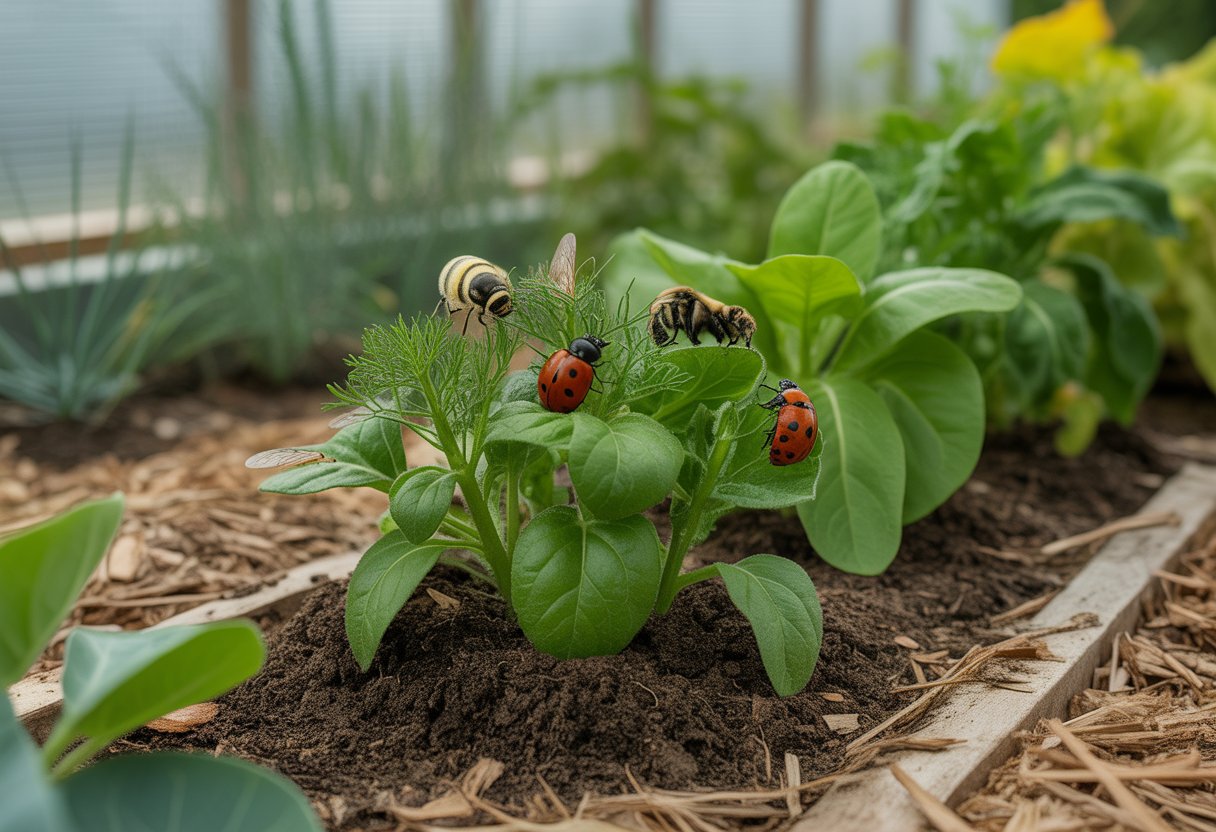
Strong plant defenses start with the environment around them. Natural methods and a little care go a long way in helping plants resist pests—no chemicals needed.
Soil Health And Natural Resilience
Healthy soil is your first defense against pests. It gives plants the nutrients they need and supports microbes that crowd out the bad guys.
Adding organic matter like compost makes soil structure better and helps it hold water, which strengthens roots. Regular soil tests help you keep nutrients like nitrogen, phosphorus, and potassium in balance.
Don’t overdo it with synthetic fertilizers—they can weaken the soil ecosystem. When soil is well-fed, plants develop their own natural defenses and just don’t look as appealing to pests.
Companion Planting For Pest Resistance
Some plants naturally scare off pests when grown together. Marigolds keep nematodes and whiteflies away, while basil helps with aphids and spider mites.
Companion planting sets up a pest-resistant microclimate and draws in helpful insects. Pairing garlic with roses can cut down on fungal diseases.
Beans and corn support each other’s growth and boost pest defenses. Mixing up companion plants not only helps with pests but also improves soil nutrients and brings more life to your garden.
Optimal Watering And Nutrients
Getting watering right really matters. If you overwater, you’ll probably see more fungus. If you underwater, plants just don’t thrive.
Every plant’s got its own needs, so you’ve got to pay attention. Keeping the soil consistently moist (but not soggy) helps them grow stronger.
Nutrients play a big role too. When you give plants a balanced mix, they can hold onto their natural defense compounds.
I like using organic fertilizers—fish emulsion or seaweed extract, for example. They bring in trace elements that help plants fight off pests.
Watch how your plants react, then tweak your watering and feeding as you go. That’s the best way to help them stay healthy in the long run.

